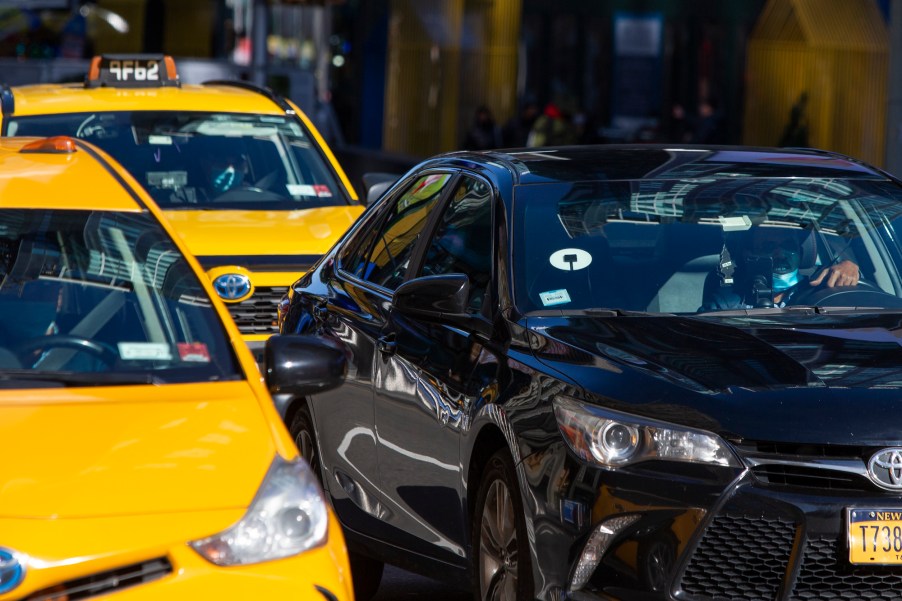
Is Being an Uber or Lyft Driver Dangerous?
When UberCab began picking up passengers in San Francisco in 2010, a new era of smartphone-enabled ride-sharing began. Lyft joined the private transportation scene two years later. Today, Uber and Lyft cars provide transportation to millions of passengers every year.
If you’re thinking about joining the gig economy, you might be concerned that being an Uber or Lyft driver is dangerous. Here are the pros and cons and how you can stay safe.
The pros and cons to driving for Uber and Lyft

Drivers who don’t want to be locked down to a full-time taxi job can make decent money driving with Uber, especially if they pick up passengers during peak hours. You don’t necessarily have to own a great car to drive for Uber. In some cities, drivers can rent an insured Uber car by the hour or week.
A friendly driver with a clean, fresh-smelling car who offers a few amenities such as water, snacks, and access to an AUX cord can make good tips, Dollarsprout reports. Ridesharing is a convenient way to earn money as a driver, but it does come with drawbacks.
In 2019, Uber released its first data compilation relating to safety and violence, and the results were frightening and astounding. According to Wired, the ride-hailing service reported nine murders, almost 60 crash-related deaths, and thousands of assaults related to its service. At least one criminologist called the results “highly alarming.”
How drivers view the dangers of ridesharing
Although a recent Reddit thread describing the dangers of cannibalistic riders is probably bogus, plenty of drivers related their own horror stories regarding passengers on the discussion website.
One driver who asked Reddit if it’s dangerous to drive for Uber received dozens of replies, ranging from “I have never had a problem” to “not much different from taxi driving” to “if you do [drive for Uber] long enough, you will be assaulted.”
Several drivers at UberPeople said they wouldn’t pick up fares at strip clubs because they tend to be bad passengers. A few female drivers on the same thread noted they carry pepper spray and don’t allow passengers in the front seat to lessen the risk of rowdy riders.
Because rideshare drivers are considered independent contractors, Uber and Lyft offer little to no safety training. In fact, both rideshare companies have fought tooth and nail to resist classifying drivers as employees. One former driver who asked to remain anonymous told Wired that he always felt untrained and unsafe even though he carried a gun while driving in Seattle.
Uber’s 2019 report revealed numerous sexual assaults perpetrated by drivers. According to NBC News, the assaults included inappropriate groping, unwanted kissing, and 235 rapes of passengers by Uber drivers in 2018.
Uber’s employment model might be to blame
Because Uber doesn’t hire drivers as full-time employees, they might view their time behind the wheel without professionalism or without fear of losing their job. John Roman, a criminologist and social research scientist at the University of Chicago, explained:
“There’s a big literature in criminology that finds people are less likely to commit crimes if they fear losing their job because of it.”
How drivers can protect themselves
Despite the inherent danger of picking up strangers, there are a few things drivers can do to lessen the risk of passenger wrongdoing. The Rideshare Guy advises installing a two-way dash cam that automatically sends images to the cloud. A privacy partition such as those found in taxis and limousines can also reduce the risk for rideshare drivers.
Gig workers are also encouraged to take a self-defense class, memorize the locations of police stations, and always trust their instincts. If a ride request feels dodgy in any way, cancel it. After all, driver safety is more important than a missed ride.


